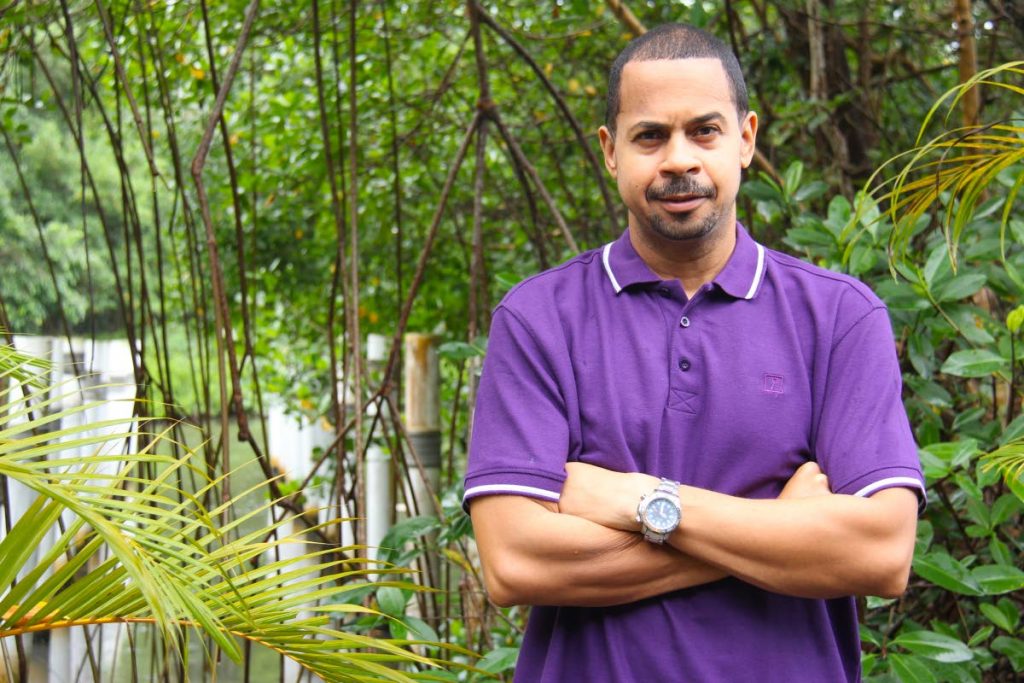Tourism: We ain’t ready

SO THE Board of Tourism Trinidad Ltd (TTL) and the Government continue to square off over the exact expiry date of the board’s term in office.
While that milk curdles, the pace at which developments are not happening on the ground in the tourism sector is lightning fast. The TTL seems hilariously out of touch with the state of our product.
There was a wordy advertorial published on behalf of the TTL in the newspapers recently. It referenced a “domestic tourism and local awareness program” presumably aimed at letting people know all the wonderful things to see and do in Trinidad. One particular installment focused on south Trinidad.
On reading this publication, I got the distinct feeling it was compiled by people with little experience of the tourism sites described.
I have visited most of the locations identified in the advertorial. In my experience, these sites exist principally as raw materials, not tourism products.
Our tourism stakeholders want you to know about the military bunker at Plaisance Park. It was actually featured in a television show I produced on TT’s military history.
Late historian Angelo Bissessarsingh introduced me to the site. Built as an ammunition bunker, it was a vital part of the defence of oil assets at Pointe-a-Pierre during WW2.
Unless things have changed since I was last there, which is doubtful, it’s a crumbling military bunker and not a tourist attraction. Here’s why: this massive structure is on private property. When I visited, I was lucky enough to have caught the attention of someone working on the compound and wormed my way in.
The military bunker at Plaisance Park is one of several lingering military installations from the war years spread across the country.
They don’t appear to be linked as part of any effort to preserve or market them as tourist attractions. They just dey.
The TTL advertorial also highlighted several old train stations. You could park next to almost any train station in this country and not know it.
Most of the modest station buildings, the ones still standing, merely look like parlours that are closed...forever. Anyone touring the Siparia train station, for example, will likely see only a panyard. That’s even if you squint really hard.
There are some buildings once associated with the former station, but there is nothing left that would clue the average civilian in on the history of the location.
Many of our tourism sites aren’t developed as attractions at all. There are merely scraps of history that haven’t been cleared away, looted or bulldozed yet.
Our tourism bosses haven’t realised that a tourism destination isn’t so described simply because “yuh reach.”
These remnants of our history need to be built up and transformed into attractions.
In the case of our established tourism spots where there is some signage and a bench or two, the picture is equally troubling.
On a trip to the Lopinot historical complex recently, I discovered the doors to the verandah of the estate house nailed shut. The building has been closed to visitors for some time.
The TTL may want to consider a sign for the complex that reads, “We apologise for the inconvenience. This building is closed to facilitate the cyclical collapse of this historic structure due to neglect, incompetence and short-sightedness."
Our tourism product appears abandoned and underdeveloped almost by design. Even more upsetting is the realisation that it needn’t be this way.
When I produced a television programme on the community of Barrackpore in south Trinidad I had to create a 30-minute experience for viewers.
This meant showing people a side of the rural community steeped in sugar history which most of them didn’t know.
To do this I arranged to have some villagers press fresh cane juice for the cameras on a homespun apparatus. We also recorded the process of making coconut oil, country style. I then took a ride on a traditional sugar-cane cart pulled by a water buffalo that hadn’t become any less surly in retirement.
The result was a unique visitor experience for a half-hour television show created by a crew of three people, including myself. So what have all our tourism experts been doing in their offices and boardrooms all these years?
As a nation, we can’t sell what we don’t know. Our tourism sites, all of which have tremendous potential, are mainly underdeveloped.
Most damning is the apparent ignorance and/or apathy of those in charge of our tourism thrust.


Comments
"Tourism: We ain’t ready"